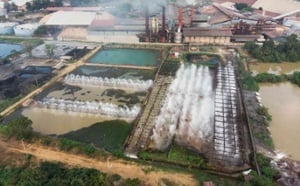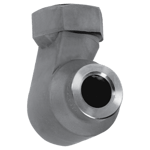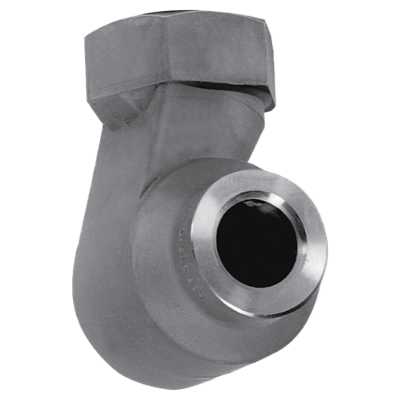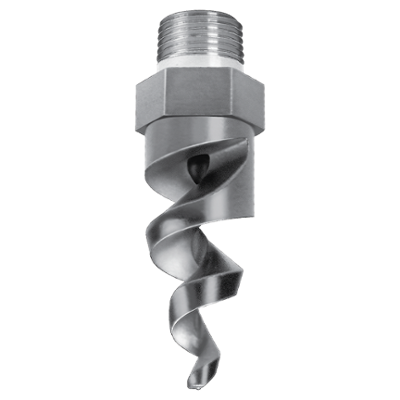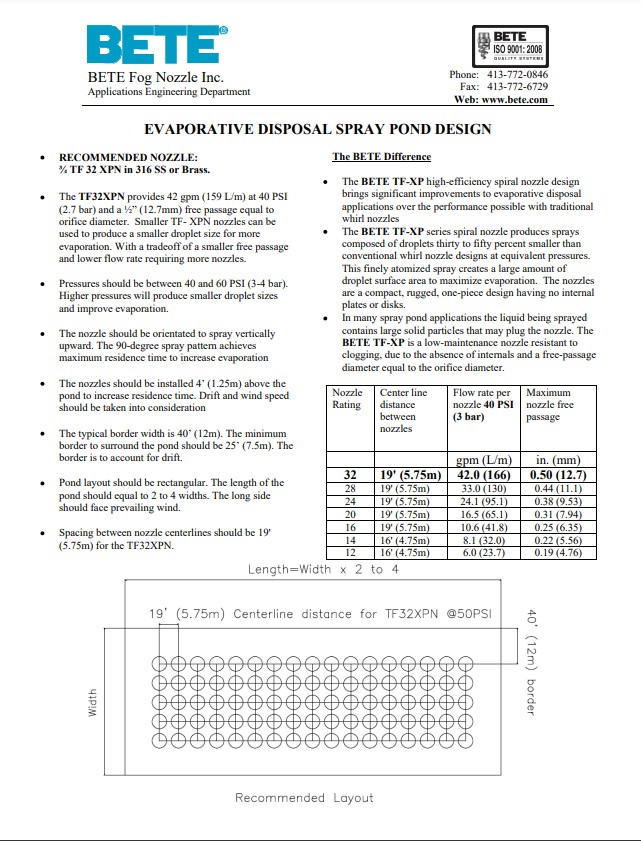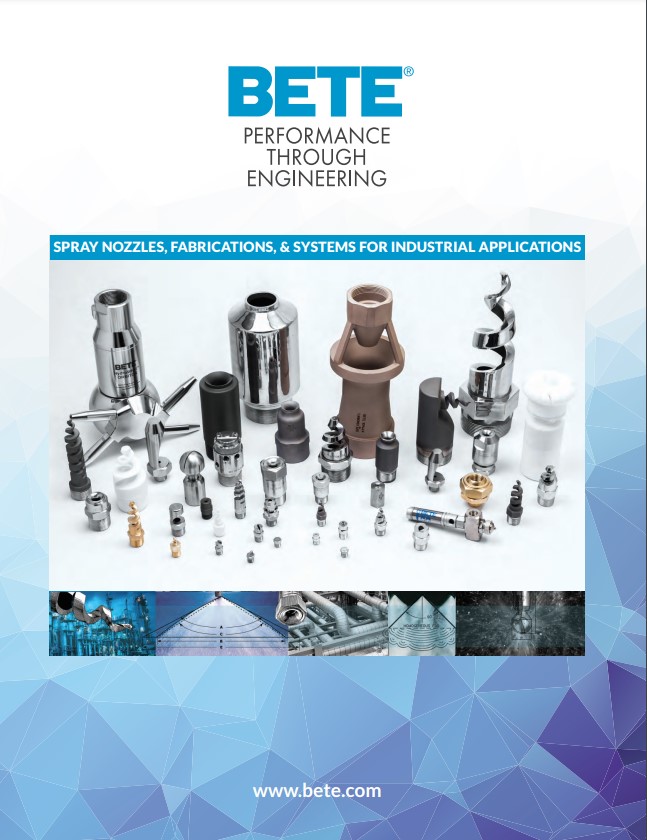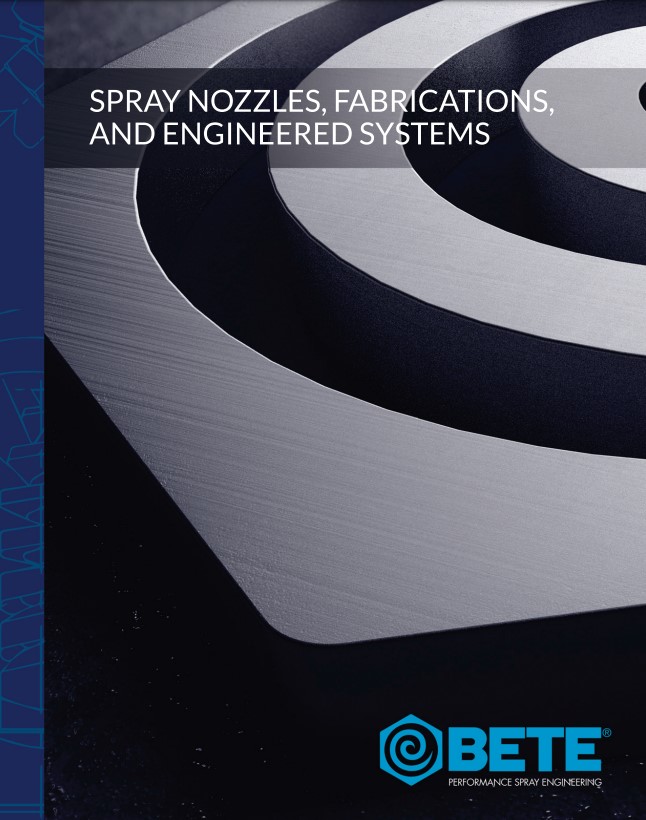Many industries produce excess water which contains solid particulates. These particulates must be disposed of responsibly. Separation of the particles from the water is often accomplished by placing the water in ponds where the sun evaporates the water. The solid particles can then be recovered and processed. As evaporation can only occur from the pond’s surface, operators are forced to either wait a long time for the water to evaporate or increase the surface area of large ponds.
An alternate and effective way to accomplish the same goal is to spray the water into the air with nozzles. By spraying and atomizing the water from the holding ponds into the air, spray nozzles significantly increase the surface area of water exposed to the air, thus improving the evaporation efficiency, and decreasing the size needed for the pond.
Common Uses and Industries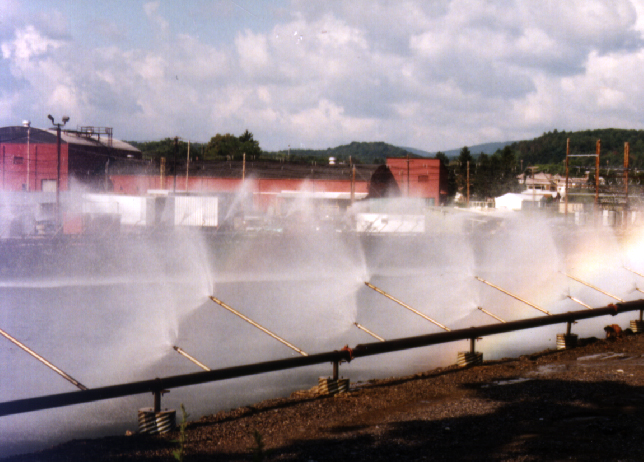
- Brine/salt solution processing
- Oil/gas field waste
- Holding and tailing ponds
- Increase efficiency of static cooling ponds
- Water Treatment Industry
________________________________________________________________________________________________________________________
Important Factors to consider When Selecting an Evaporative Disposal Nozzle:
- Required evaporation rates
- Available flow rates
- As the water to be disposed of often contains solids or waste particles, selection of the nozzles concerning clog resistance is important
- In general, spray nozzles are placed evenly around/over the pond at a height that maximizes residence times while taking droplet drift due to wind into account
- Average temperatures, relative humidity, prevailing wind speed, direction, etc. Available pressure drop (∆P) across the nozzle
- ∆P = supply pressure at nozzles inlet - process pressure outside nozzle
